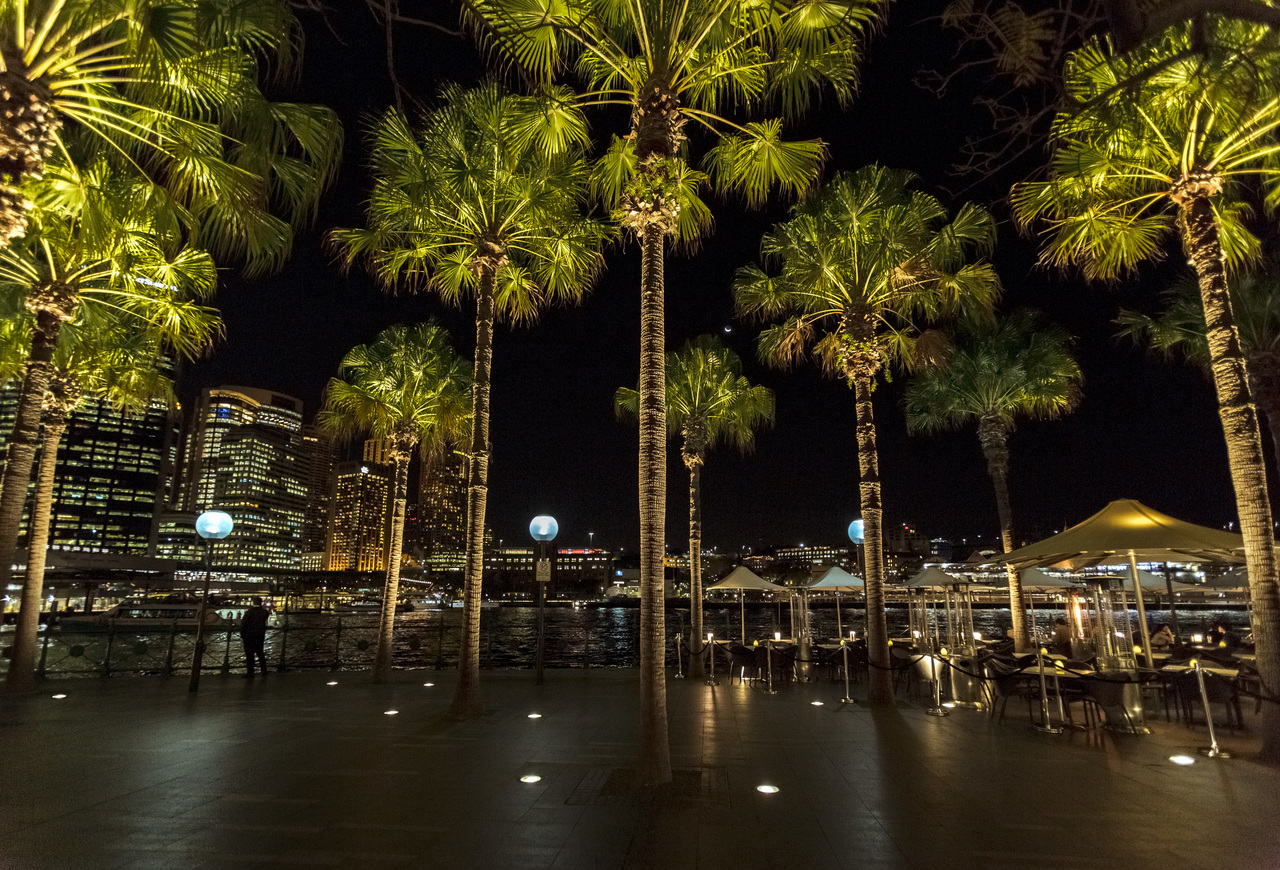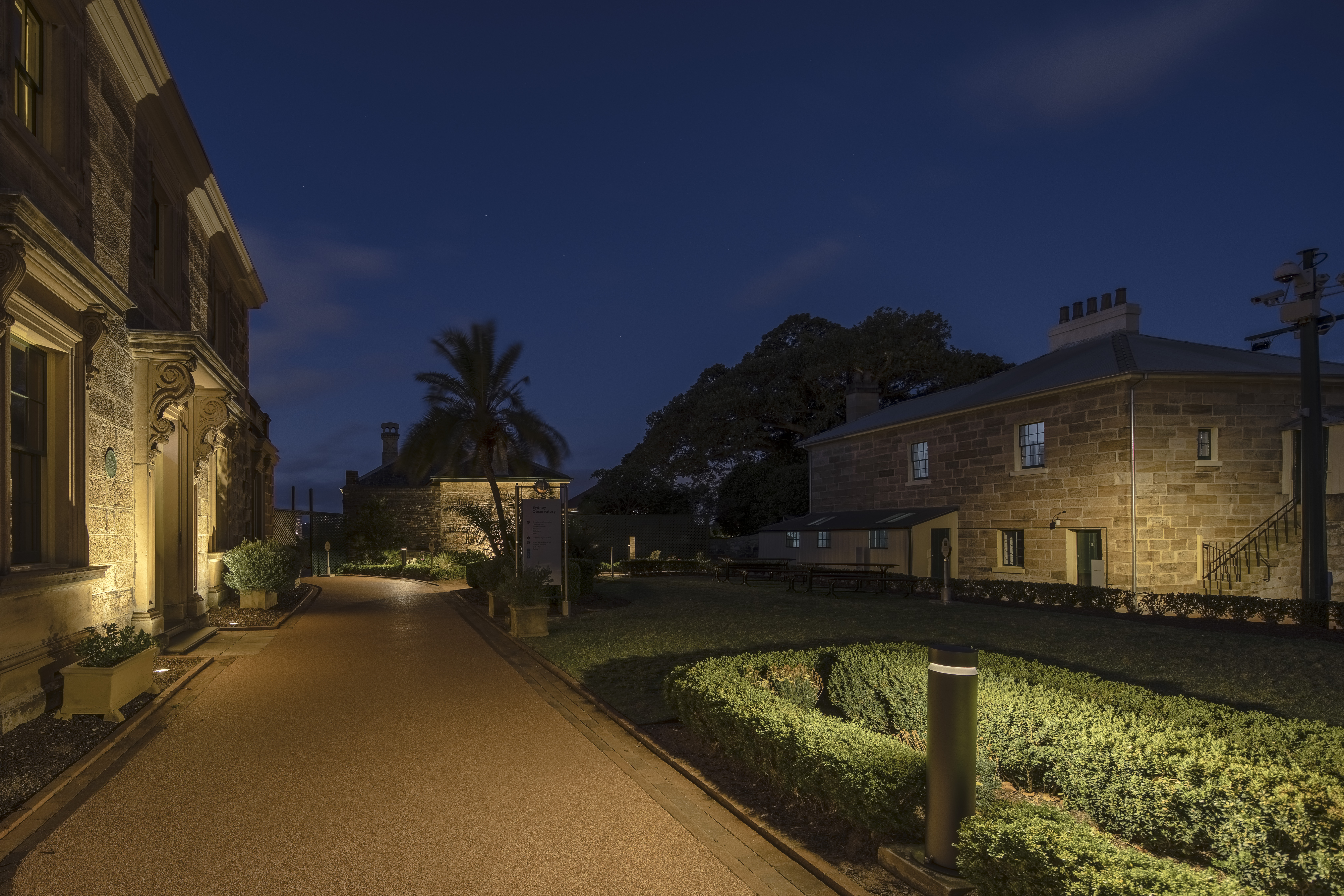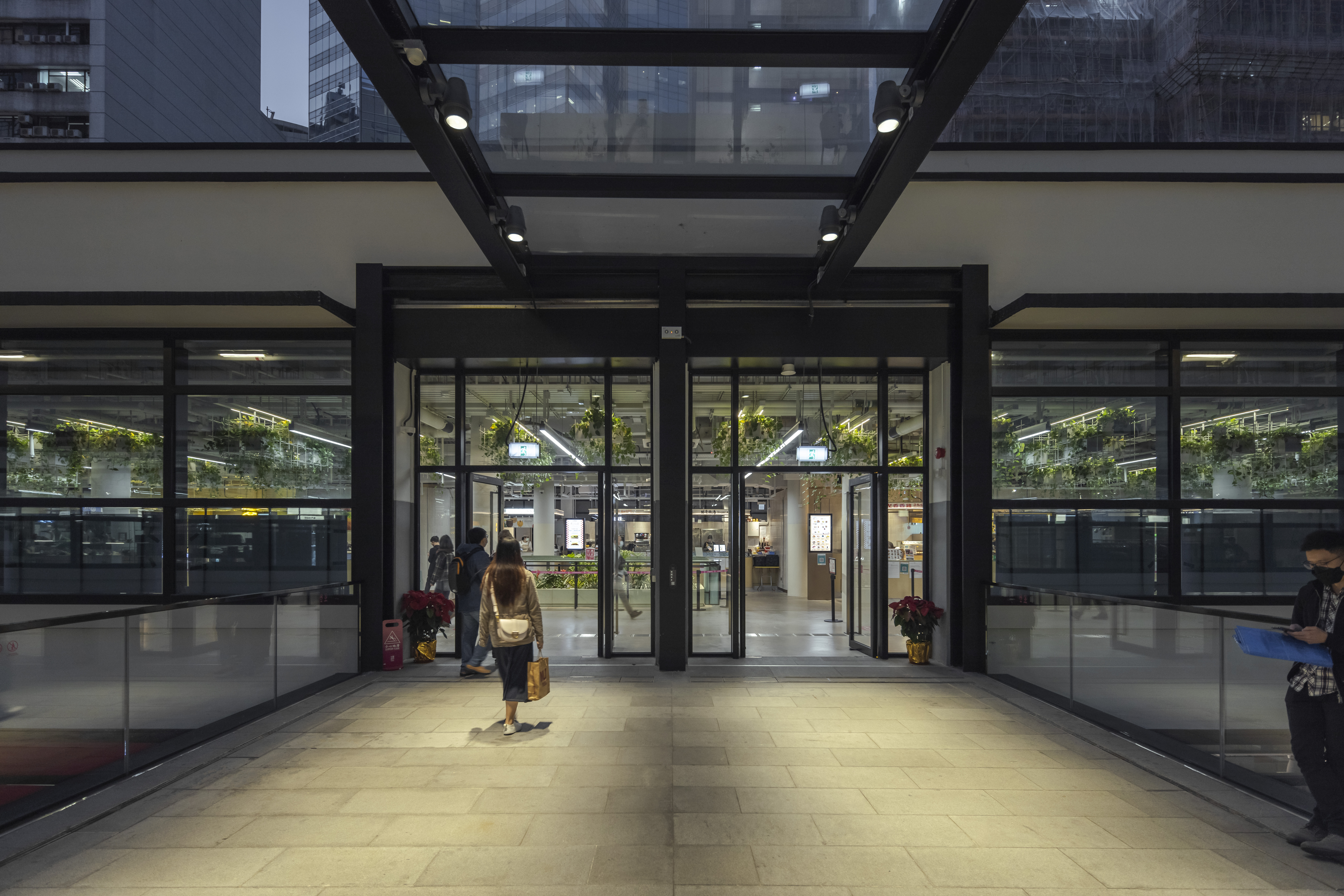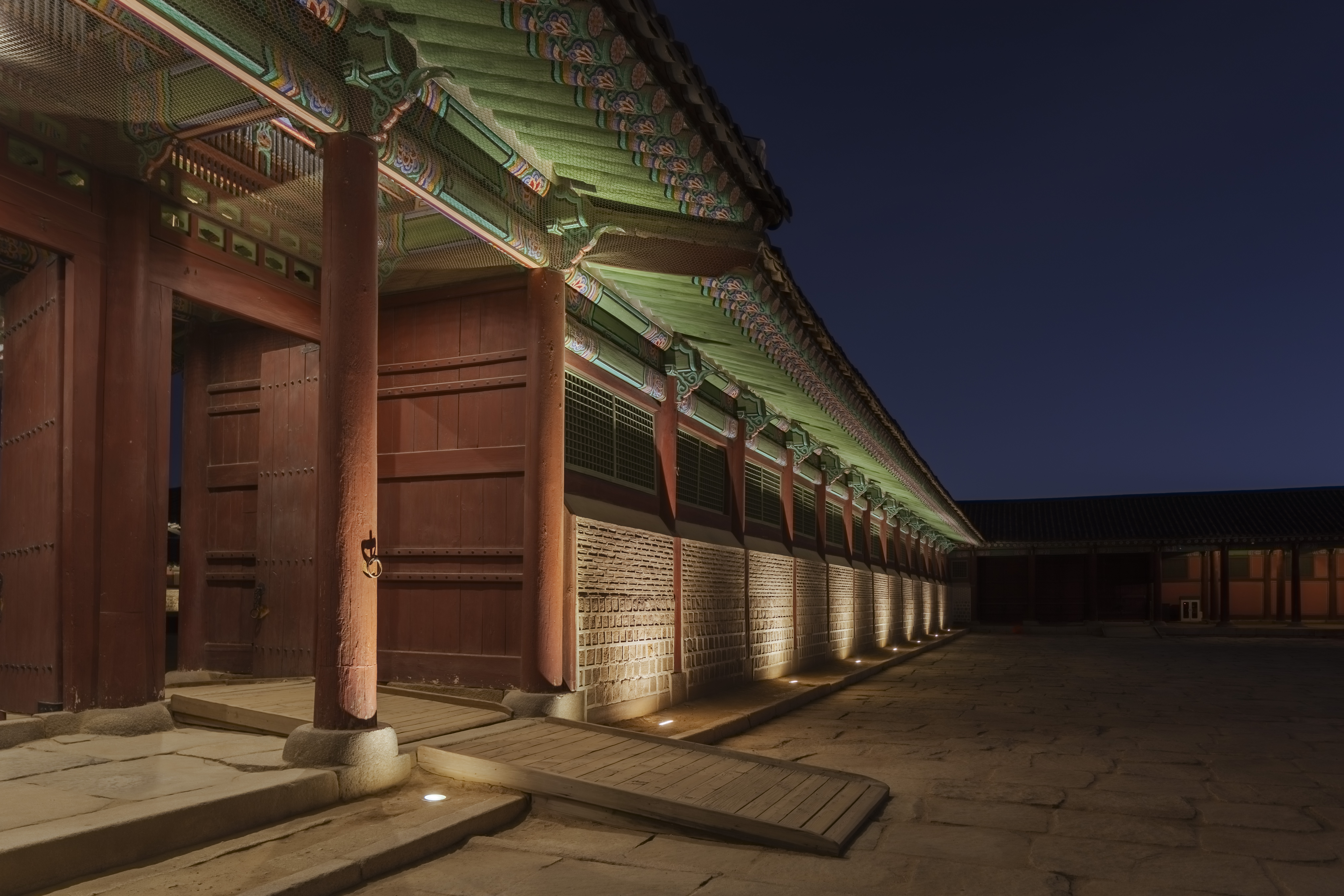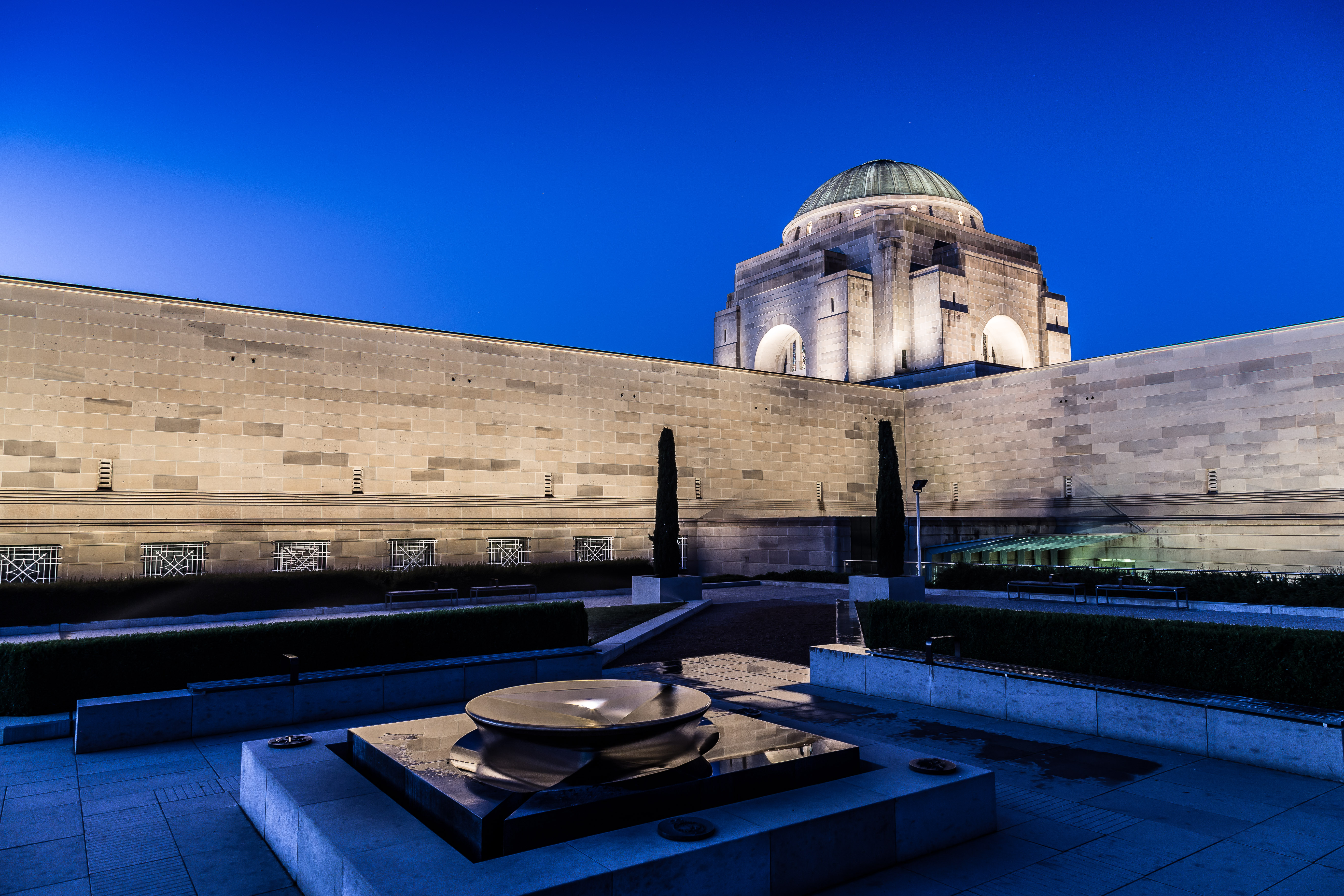Gazing up at a star-studded night sky has long captivated the human imagination, but the celestial spectacle faces a growing threat: light pollution. Unravelling misconceptions behind light pollution is key to understanding the true impact of artificial illumination on our planet's ecosystems, our health, and to keep our skies dark.
Contrary to the belief that light pollution is a relatively insignificant environmental problem, it is, in fact, a matter of great importance with far-reaching consequences. Beyond its immediate effects on the visibility of the night sky, light pollution has numerous ecological, environmental, and health impacts that should not be underestimated. It is responsible for wasting energy, disturbing ecosystems, altering wildlife behaviour, and even influencing human health and well-being. By addressing light pollution, we take a significant step towards preserving biodiversity, reducing energy consumption, and safeguarding our profound connection to the enchanting realm of the nocturnal sky.
Many people mistakenly believe that increasing the amount of light in an area automatically enhances safety and security. However, let's envision a scenario: you find yourself walking along a pathway in a forested park during the night, bathed in bright, cool white light. The path appears clear and well-lit, but strangely, the surrounding shadows seem darker than usual, causing every rustle from the shadows to put you on edge.
During night-time, our visual system operates under scotopic vision, where our ability to discern differences in brightness takes precedence. Furthermore, we are highly attuned to peripheral movements, making us more aware of our surroundings. Surprisingly, an abundance of white light can create a higher contrast perception ratio, resulting in darker shadows. Paradoxically, this excess light can heighten our sense of fear by reducing our peripheral vision.
While adequate lighting is undoubtedly crucial for safety and security, it is important to note that excessive and poorly directed outdoor lighting can contribute to light pollution without necessarily increasing safety levels. However, it is possible to achieve both safety and reduced light pollution through proper lighting design. This involves using the right lux of light, shielded fixtures and directing light only where it is needed, ensuring that our surroundings are well-illuminated while minimizing unnecessary light spillage and its detrimental effects on our environment. By striking a balance, we can create spaces that are safe, secure, and in harmony with the preservation of our natural darkness.
Many people mistakenly assume that light pollution is exclusively a problem found in densely populated urban areas. However, the reality is that light pollution extends beyond these boundaries. While it is more pronounced in cities, its effects can also be felt in rural and suburban regions. Even in remote areas, the glow of artificial lighting from nearby cities and towns can disrupt the visibility of stars and degrade the natural darkness we cherish.
Furthermore, light pollution is not confined to specific geographical locations or levels of development. It is a global issue that impacts both developed and developing countries alike. The rapid growth of urbanization and industrialization, combined with insufficient lighting regulations, contribute to significant light pollution levels worldwide. Understanding the widespread nature of this problem is essential in our efforts to mitigate its impact and restore the splendour of a pristine night sky.
It's important to debunk these misconceptions and raise awareness about the detrimental effects of light pollution. Responsible lighting practices and preservation of natural darkness is for the benefit of both ourselves and our environment.
